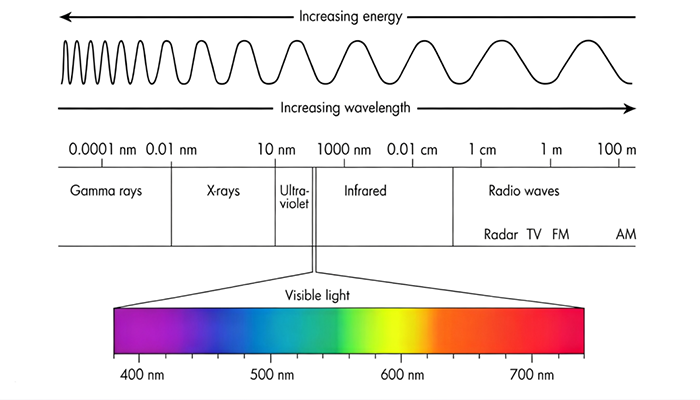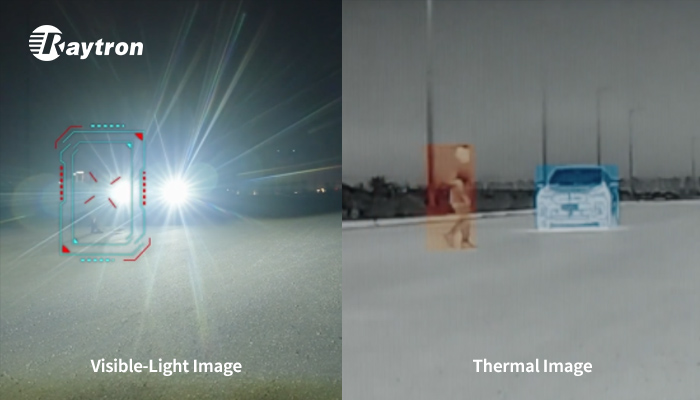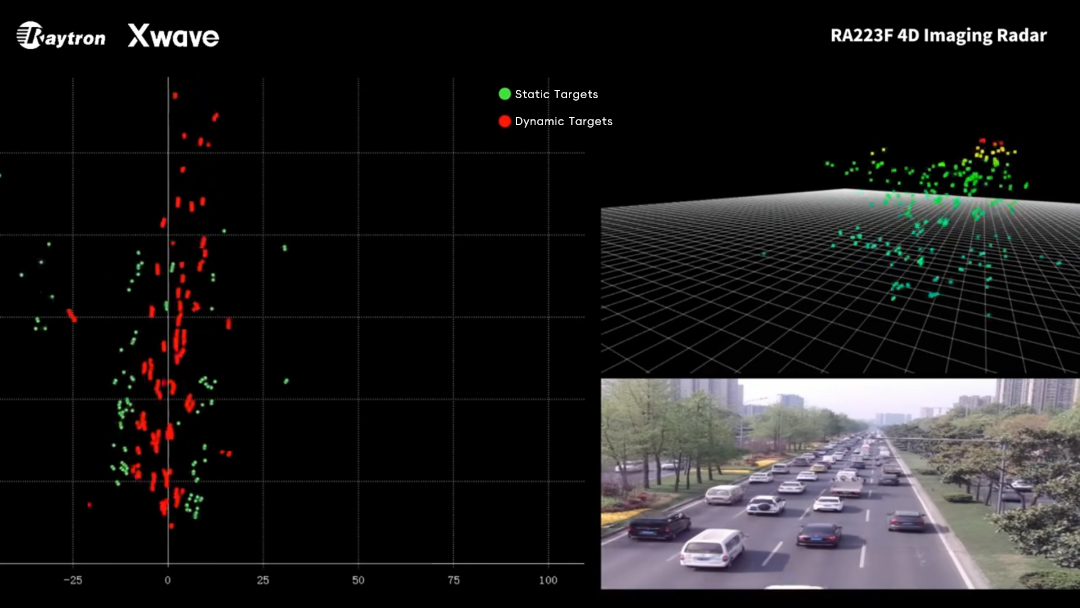Why Thermal Imaging + 4D mmWave Radar Are Critical for Scalable Robotaxi Deployment?
The year 2025 has marked an acceleration in the Robotaxi race. Tesla is rolling out robotaxis in Austin, Texas; Momenta and Uber are planning L4 testing in Munich by 2026, and major players in China (including Huawei and XPENG) have publicly set multi-year roadmaps for L4 commercialization and mass production. Yet as millions of autonomous vehicles (AVs) eventually hit city streets, a critical question emerges: how can we ensure their safety under challenging conditions? The answer lies not in relying on a single sensor, but in building a robust, redundant perception system that combines visible-light cameras with infrared thermal sensor and 4D mmWave Radar, adding an essential safety layer for robotaxis.
Why Do Traditional Sensors Fail in Rain, Fog, and Darkness?
Today, primary automotive sensors, including visible-light cameras, LiDAR, and conventional 3D mmWave radar, are all bound by the laws of physics, creating dangerous blind spots in adverse conditions.

lVisible-Light Cameras: These sensors are entirely dependent on ambient light. Their performance plummets at night, in tunnels, or against strong glare, rendering them unreliable for critical functions like Pedestrian Automatic Emergency Braking (PAEB).
lLiDAR: Emitting nanoscale to micron-scale laser beams, LiDAR is easily scattered or absorbed by rain, fog, and dust. This leads to significantly reduced range or complete sensor failure precisely when it's needed most.
lTraditional 3D mmWave Radar: While good at detecting movement and distance, its low vertical resolution and poor classification ability make it struggle to identify static obstacles, low-lying objects, or accurately distinguish a pedestrian from a street sign.
These limitations create perception gaps for ADAS functions like Forward Collision Warning (FCW), and Automatic Emergency Braking (AEB), especially when the vehicle must detect people, animals or small debris in poor visibility.
What Is Thermal Imaging and Why Is It Essential for Automotive Night Vision?
Infrared thermal camera technology operates in the long-wave infrared spectrum (8-14 μm), completely independent of visible light. It detects the heat emitted by objects, allowing it to “see” through obscurants like fog, haze, and dust. This makes it uniquely capable of reliably detecting living objects, such as people, animals, and cyclists, based on their thermal signatures.

Raytron’s Automotive LWIR Thermal Imaging Module Horus640-B, delivers high-clarity 640×512 resolution imagery with 12μm pixel pitches. Integrated with advanced algorithms, its performance is further enhanced:
lSuper-Resolution: Boosts image clarity to 1280×1024 for finer detail.
lAI-Powered Detection: Enables real-time identification and highlighting of people, vehicles, and animals.
lProactive Safety: Supports Time-to-Collision (TTC) calculation, enabling early Forward Collision Warning (FCW) and integration with vehicle alert systems.
This creates a truly all-weather, 24/7 night vision system that is critical for reliable obstacle detection.
How Does 4D mmWave Radar Work in All Weather Conditions?
4D mmWave Radar provides dense point cloud data with precise range, velocity, azimuth (horizontal angle), and elevation measurements. The millimeter waves possess strong penetration capabilities, maintaining reliable performance in rain, snow, and fog where optical sensors fail.

Innovations in this field, exemplified by Raytron’s RA223F radar already deployed in smart mining and port logistics, utilize sophisticated waveform designs to deliver both high-density point clouds and high-precision target tracking. Its adaptive scene perception allows it to dynamically adjust to complex road environments. Enhanced by AI, it excels in critical scenarios like distinguishing weak targets, identifying “dart-out” pedestrians, and detecting low obstacles, ensuring data integrity and accuracy.
Is Sensor Fusion Really Necessary for Autonomous Vehicles?
In extreme conditions—whether sudden glare, heavy fog, pitch-black nights—no single sensor is absolutely reliable. True reliability is achieved through multispectral sensor fusion. The strategic combination of a thermal imager and 4D mmWave radar creates a perception system with built-in redundancy. When a visible camera is blinded, the automotive thermal camera sees the pedestrian. When LiDAR is attenuated by fog, the radar continues to map the environment. This isn’t just about leading in technical specs; it’s about building the foundation of safety for scalable Robotaxi operations.
Partner with a Trusted Automotive Thermal Camera Manufacturer - Raytron
As a leader in infrared thermal imaging, Raytron has established a comprehensive ecosystem for automotive infrared solutions. Raytron’s cost-effective thermal camera solutions are designed for seamless integration, supporting a wide range of vehicles and applications.
lPassenger Vehicles: Raytron collaborates with over 10 leading automakers and L4 AV companies, including BYD, Geely, GAC, GWM, and DiDi Autonomous Driving, integrating our thermal systems into production models to enhance nighttime pedestrian detection and all-weather safety.
lCommercial & Special Vehicles: Deep partnerships with leaders in mining and ports, such as KargoBot, Zhizi Automobile and Breton, Lovol, and Weichai, provide obstacle detection and infrared night vision for the most demanding operational environments.
lHeavy-Duty Trucks: Raytron is a key partner for companies like Plus AI, Waytous, and Tage Idriver, enabling the scalable deployment of autonomous driving in logistics and mining.